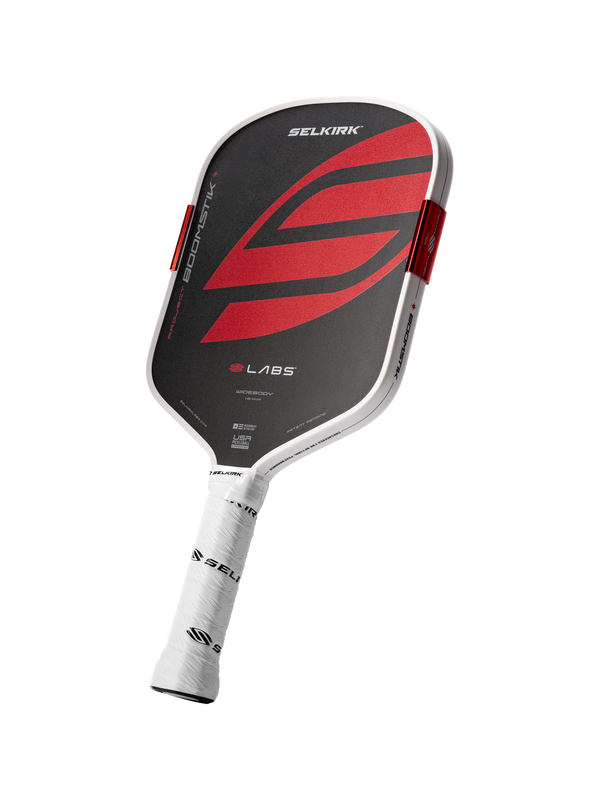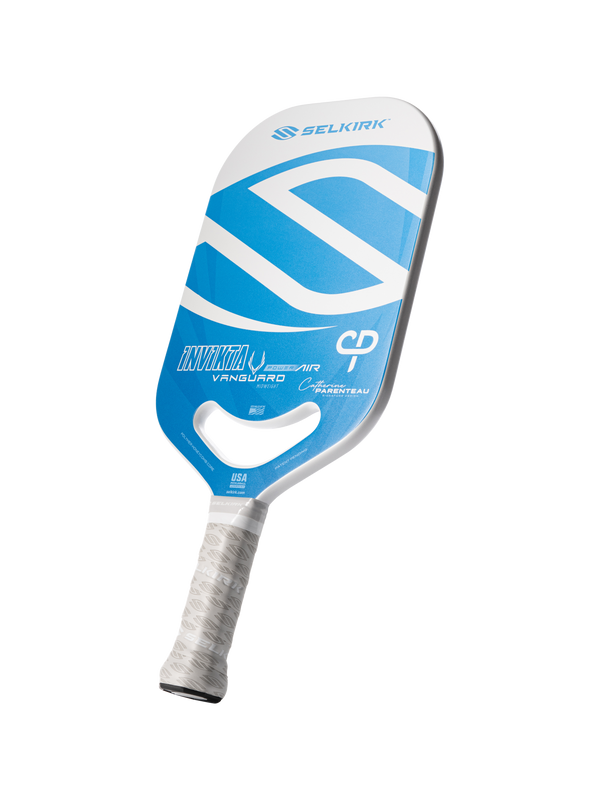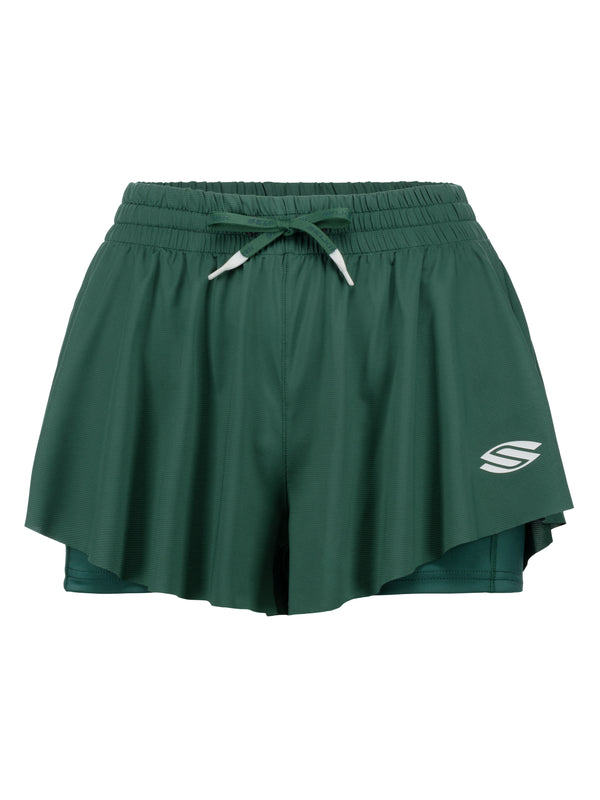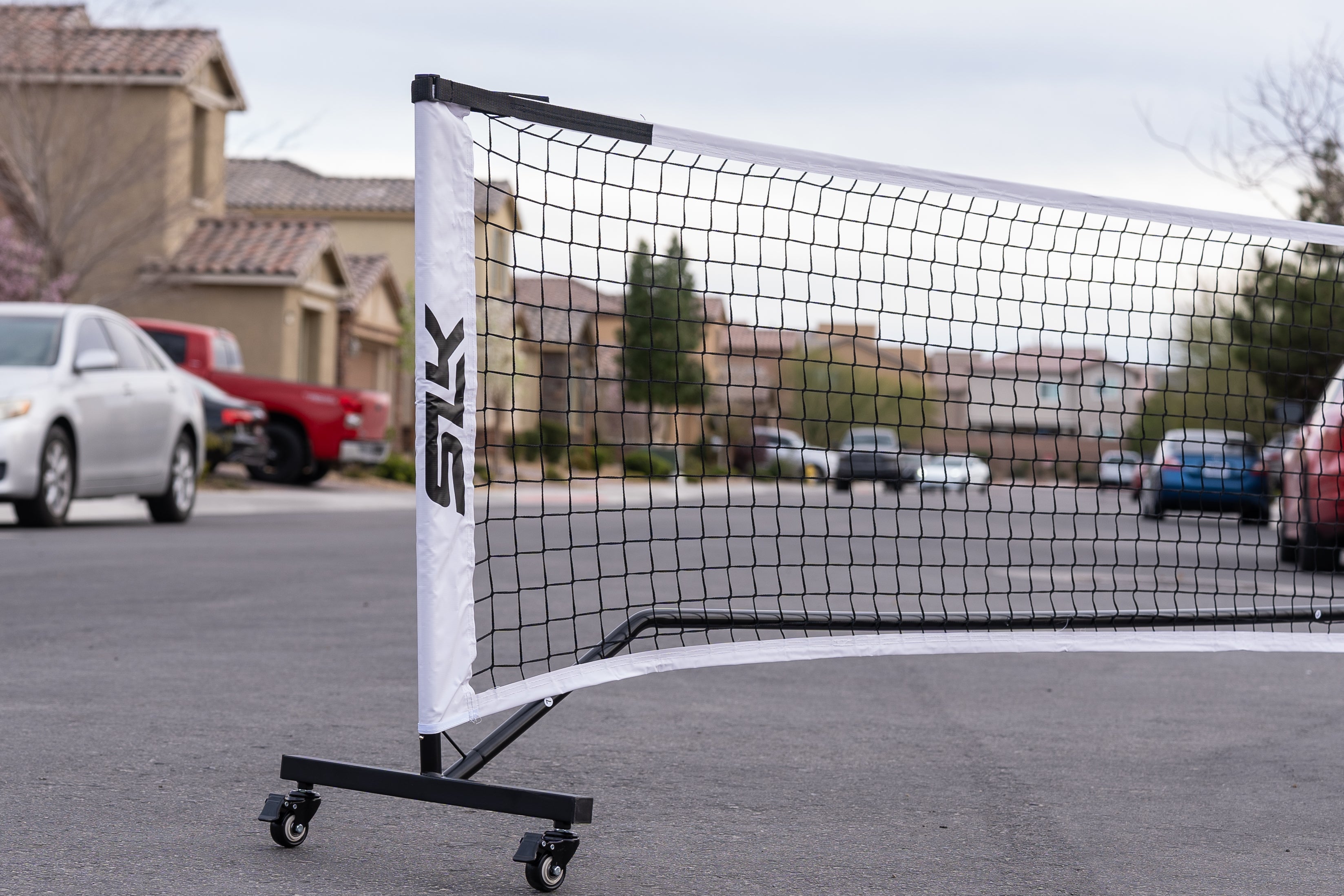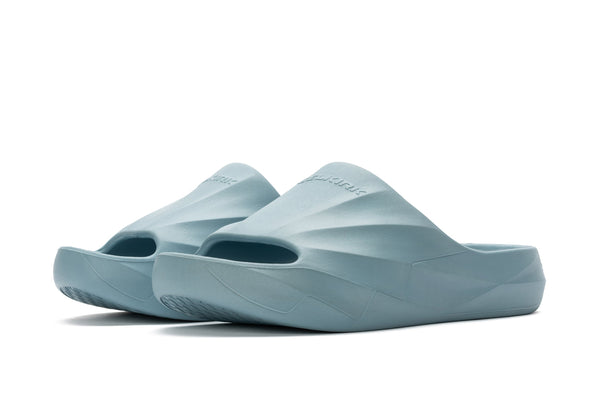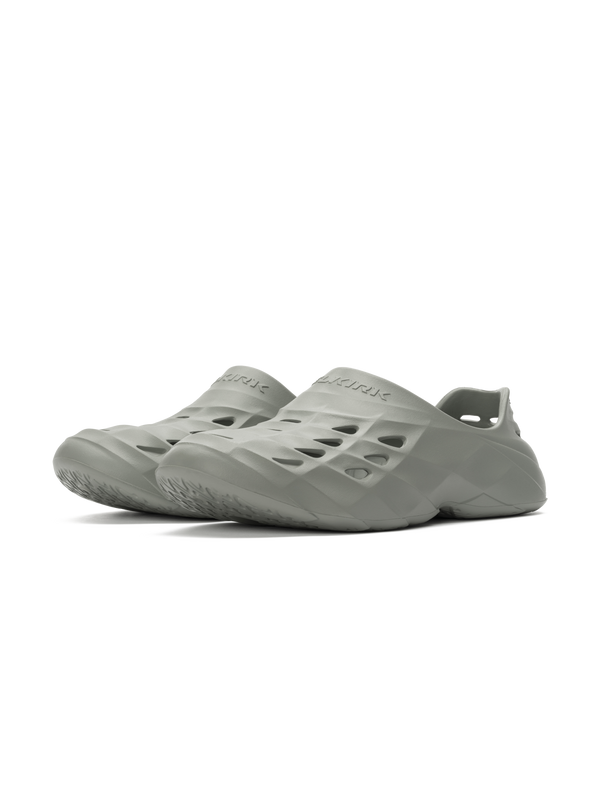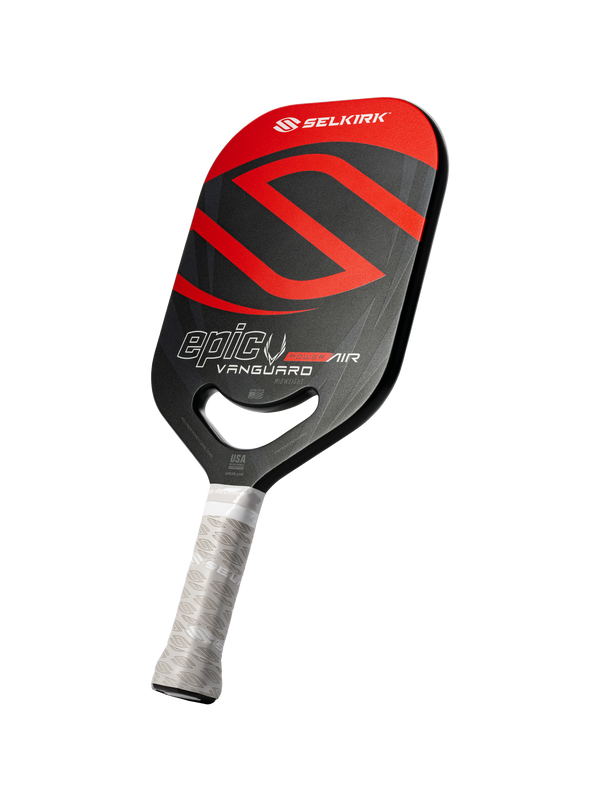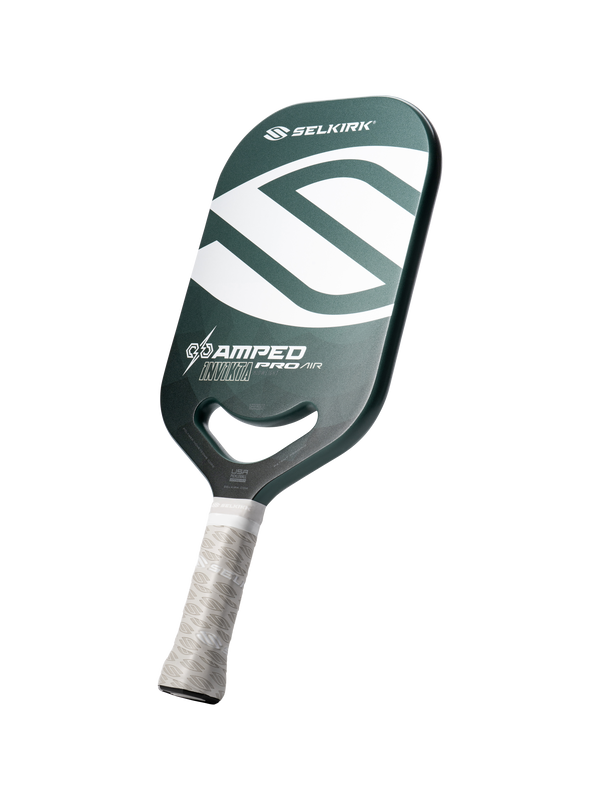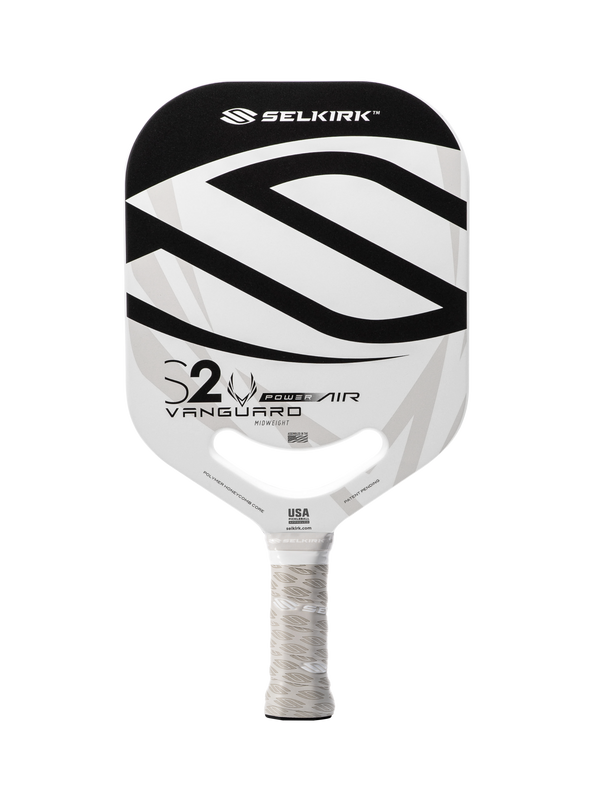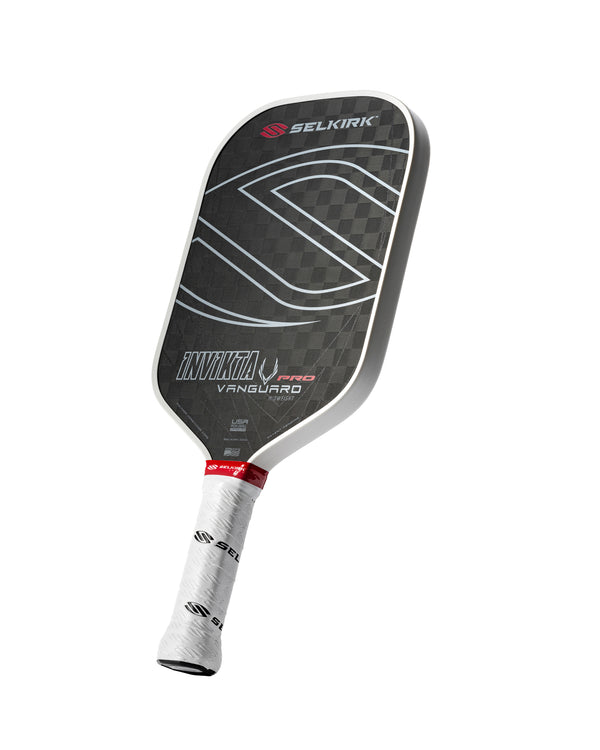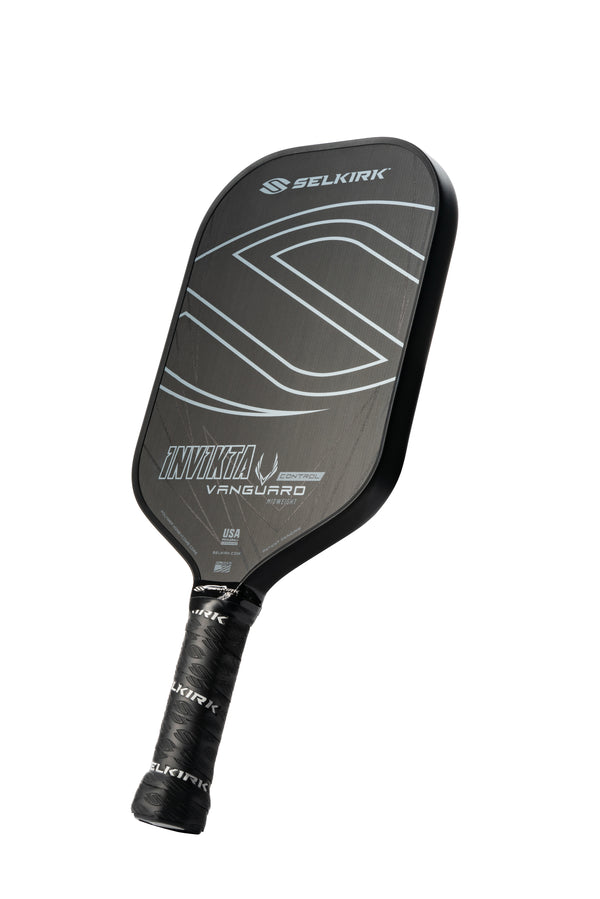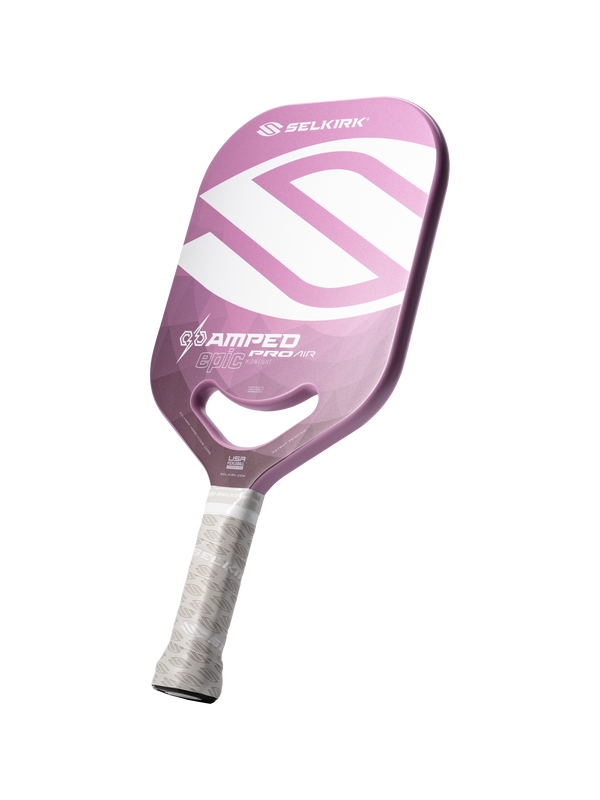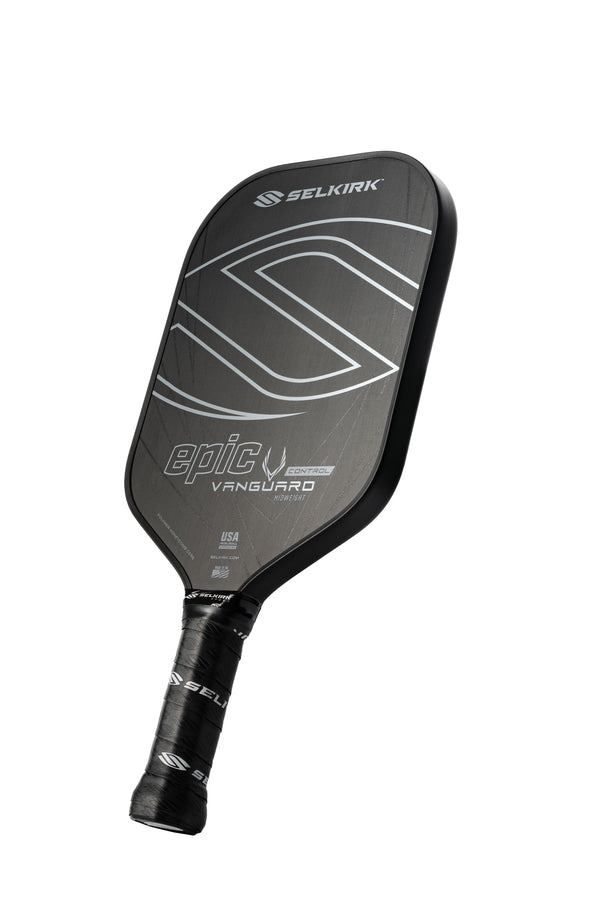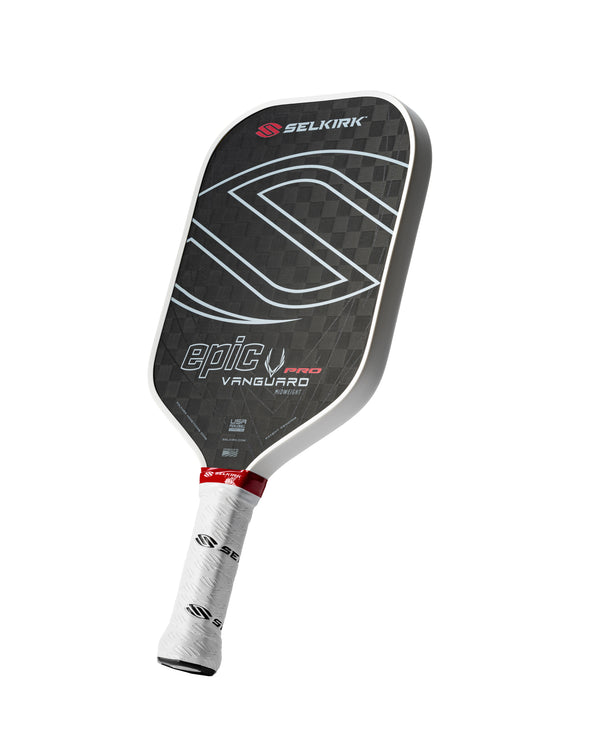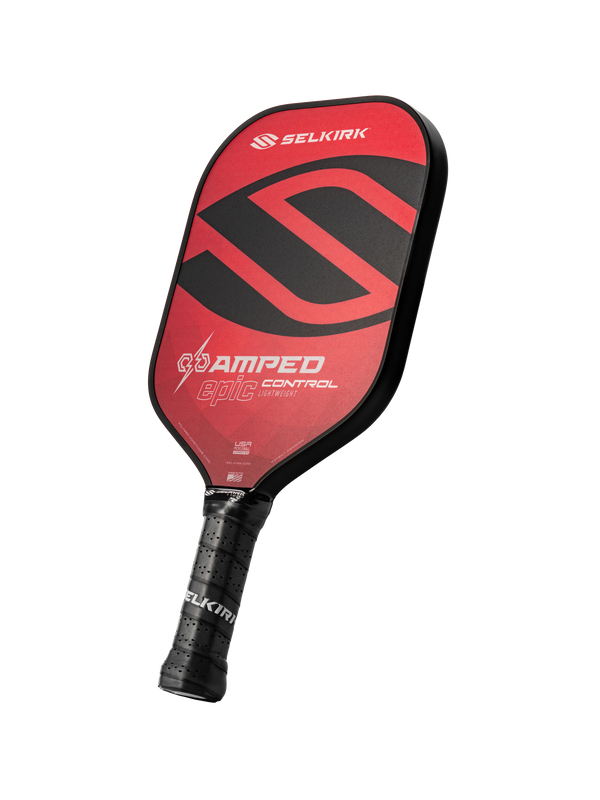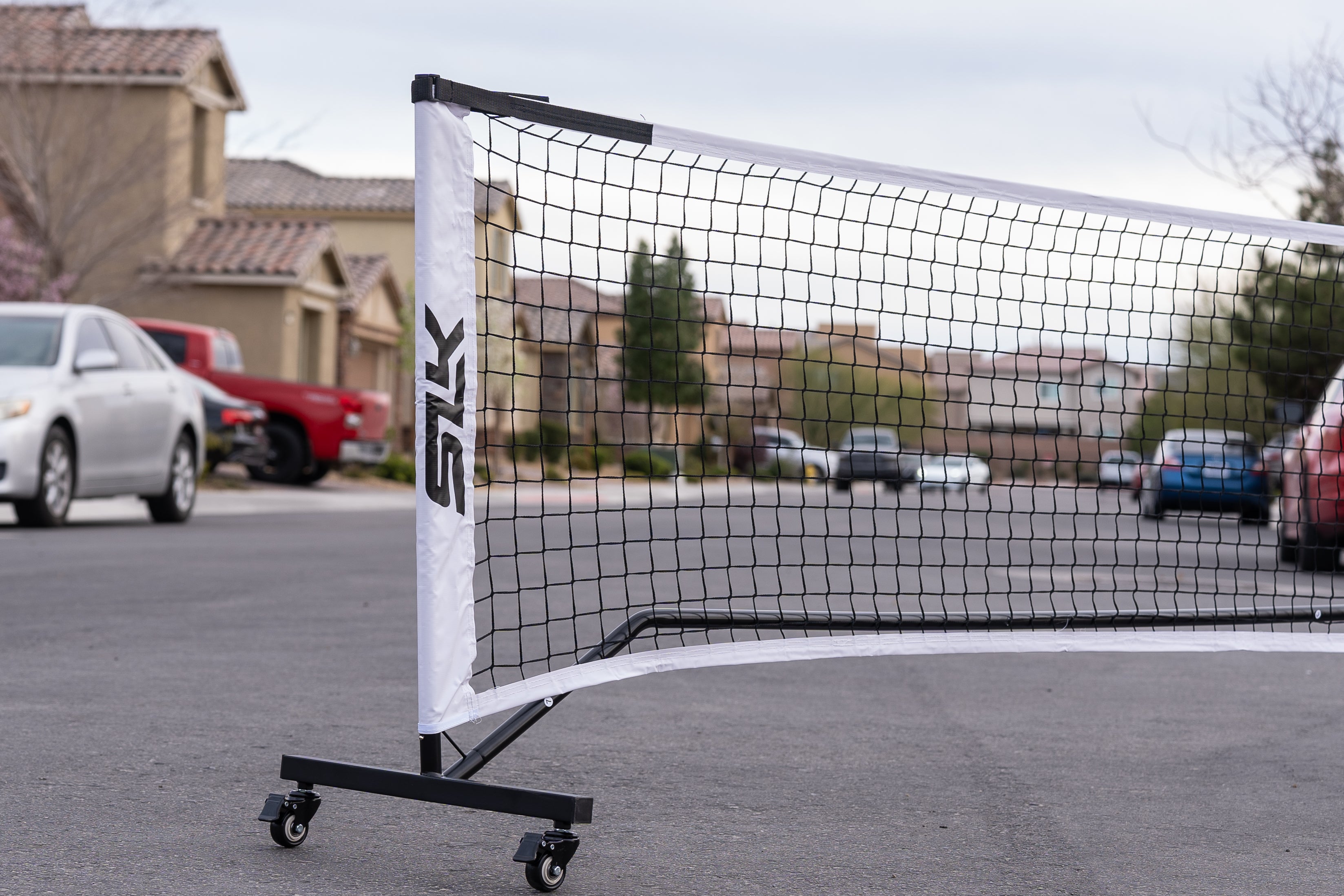
Pickleball has experienced a meteoric rise in popularity in recent years, but unfortunately, the availability of pickleball courts hasn't kept pace with the growing enthusiasm.
With communities struggling to meet the demand, learning how to set up your own pickleball court can ensure you keep playing no matter where you are.
How big is a pickleball court?
Whether you want to install your own official home court or use simple tools like tape and portable nets, it’s important to learn the proper court dimensions, so you can create a legal court.
Overall pickleball court dimensions
Pickleball, like tennis, is played on a rectangular court. However, pickleball courts are smaller in dimension, making the sport more accessible.
Tennis courts are 78 feet long and 36 feet wide for doubles and 27 feet wide for singles play. A standard pickleball court is a rectangle 20 feet wide and 44 feet long, including lines for doubles and singles play.
The measurements of a pickleball court are identical to those used in doubles badminton, making existing courts easily convertible for pickleball use.
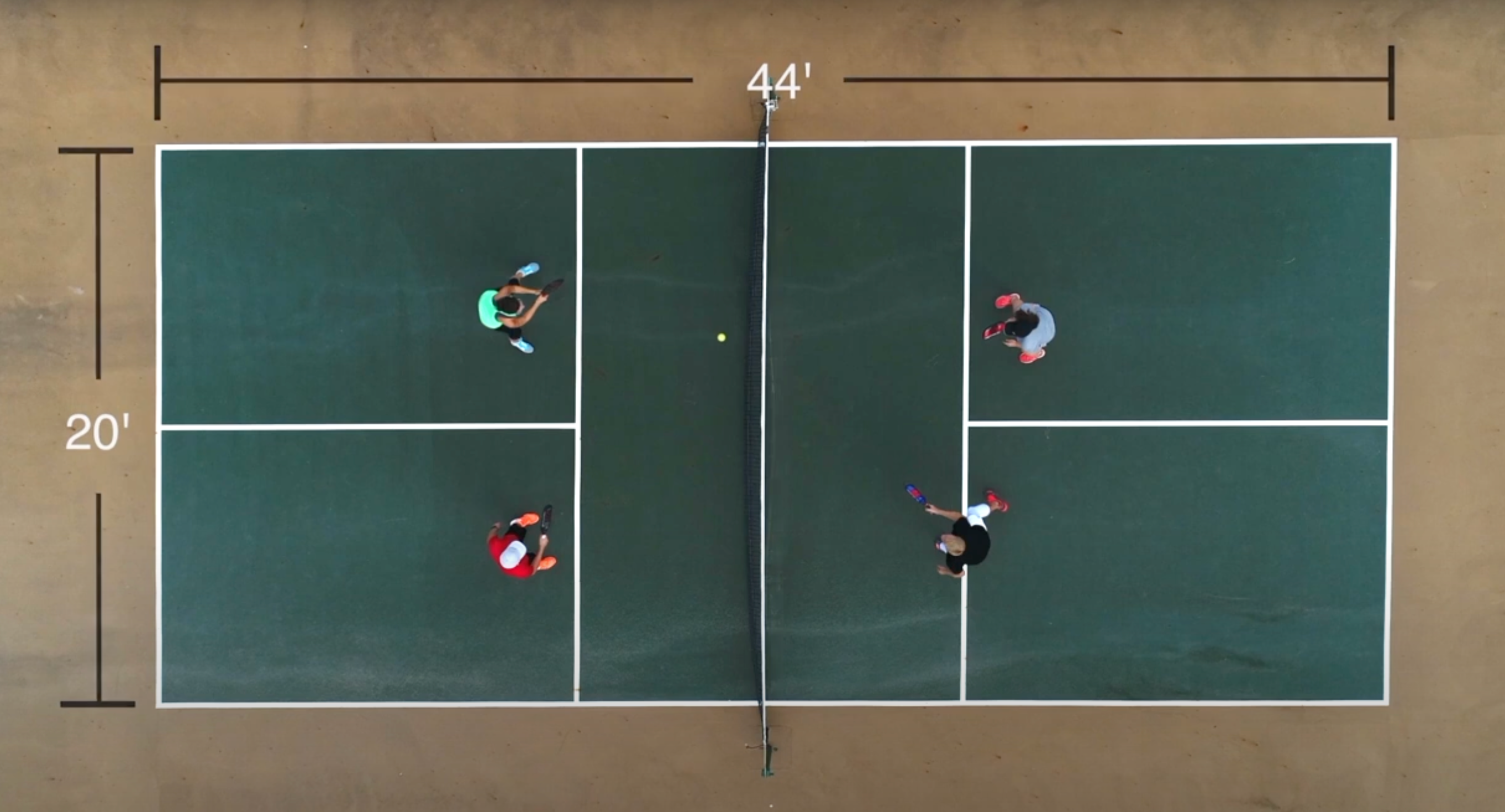
The kitchen zone
A critical area on the court is the non-volley zone, commonly called "the kitchen." It extends 7 feet from the net on both sides, is 20 feet wide, and is a pivotal area where players must refrain from standing while volleying the ball.
Net dimensions
The net in pickleball stretches across the width of the court, standing 36 inches high at the sidelines and dipping to 34 inches in the center. This height regulation helps maintain a consistent gameplay experience.
Essential pickleball court markings
To properly play the game, a court must have clearly marked baselines, sidelines, and a centerline dividing the service areas. The non-volley zone, or kitchen line, should also be distinctly marked.
These lines should be marked in white for optimal visibility. The lines should also be 2 inches wide. Balls that land on the line are considered in play, so creating thinner lines can unfairly affect the game.
Court-marking methods
For temporary setups, court lines can be marked using chalk or tape, ideal for those who set up courts on their driveways or other adaptable spaces. For permanent courts, professionals use durable paint to ensure longevity and resistance to weather conditions.
Choosing the best surface for pickleball courts
Typically, pickleball courts are constructed on asphalt or concrete to provide a flat, stable playing area. These surfaces help reduce the likelihood of injuries that can occur on uneven ground.
DIY surface considerations
When setting up a makeshift court, ensure the chosen area is level and free of hazards to avoid injury or awkward bounces. Also, leave sufficient space around the court perimeter to prevent accidents by making room for free movement during play.
Court specifications for different styles of play
Unlike in tennis or badminton, the pickleball court dimensions remain the same whether you are playing singles or doubles. This uniformity simplifies the construction process because all dimensions are uniform.
Half-court play
For those with limited space, a half-court setup for "skinny singles" — a variation of singles play focusing on a narrower court — is an option.
This setup reduces the width to 10 feet while maintaining the 44-foot length, offering a great practice environment. Just remember to practice singles on a full court before entering any competitive play.
Understanding the costs of building a pickleball court
The cost of building a pickleball court can vary significantly. A basic setup using only tape and a portable net can be an affordable option, ideal for casual players not looking to invest heavily.
However, constructing a permanent, regulation-size court with professional-grade materials can cost several thousand dollars depending on location and chosen materials. Generally speaking, pickleball courts cost anywhere from $20,00 to $50,000 depending on the location and materials used.
Is it worth it to build your own pickleball court?
Setting up your own pickleball court doesn't have to be a daunting task. Whether you choose a temporary arrangement in your backyard or invest in a permanent fixture, having a personal court is a great way to enjoy the sport on your terms.
With these guidelines, you can ensure your court meets official standards, providing a reliable and enjoyable game environment wherever you choose to play.


